Inside The New York Botanical Garden
Archive: April 2011
Posted in Photography on April 7 2011, by Ann Rafalko
Curator Peter Kukielski teaches School of Professional Horticulture students in the Peggy Rockefeller Rose Garden.
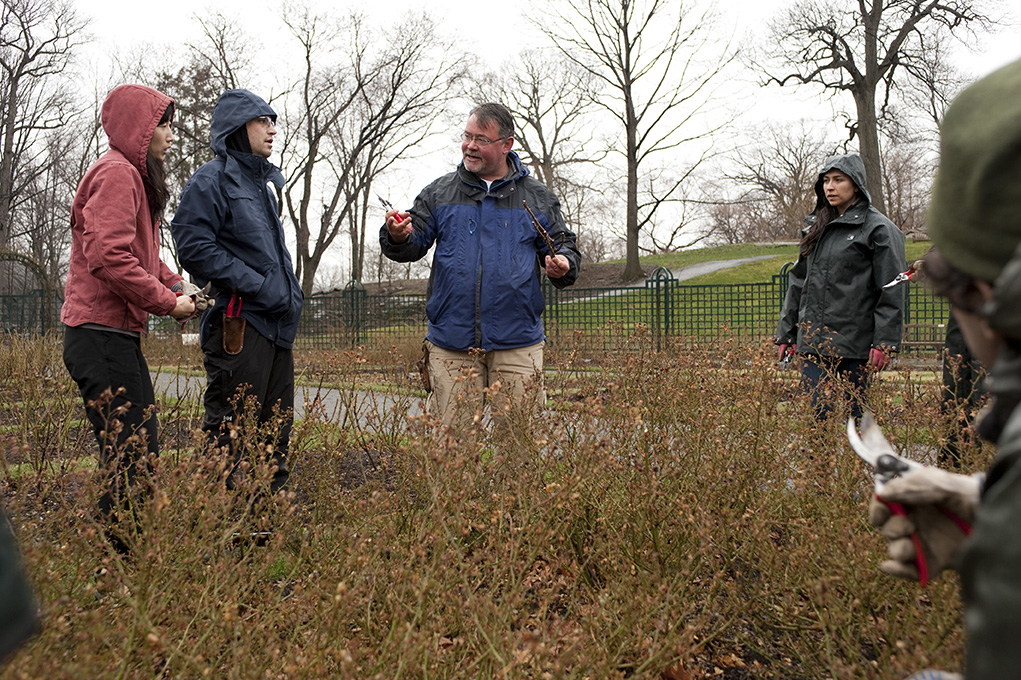
(photo by Ivo M. Vermeulen)
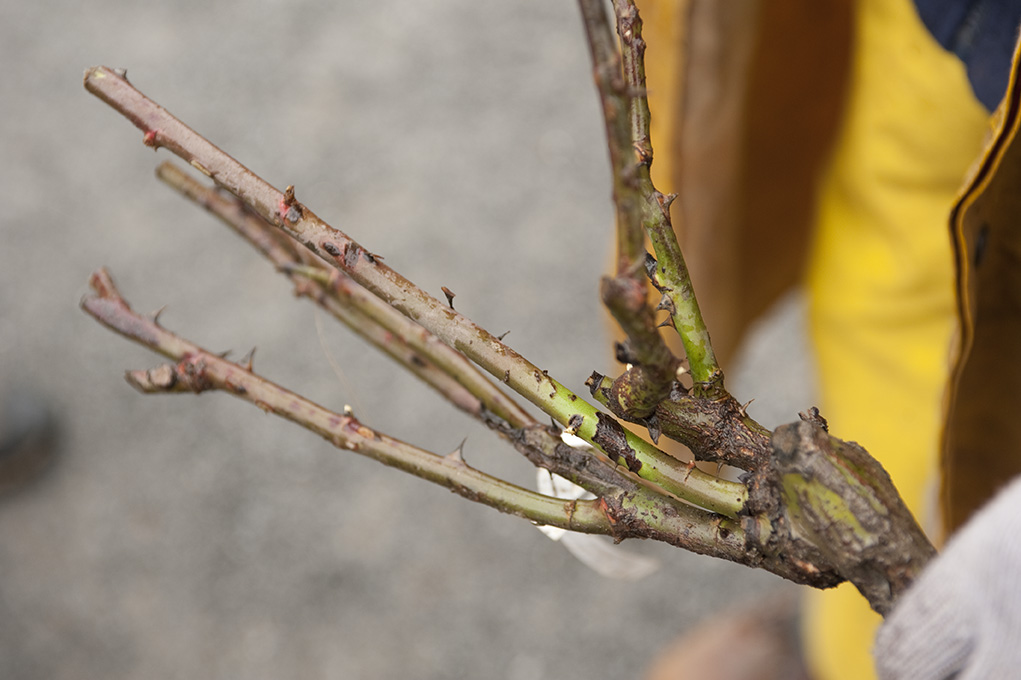
Planting bare root roses in the Peggy Rockefeller Rose Garden (photo by Ivo M. Vermeulen)
Want to plant bare root roses yourself at home? Learn how from Peter himself! Hurry, because the best time for bare root rose planting is almost over in our area (for those of you who purchased a rose in a pot don’t worry — Peter says a potted rose can be planted anytime).
Posted in Window Garden Wednesday on April 6 2011, by Plant Talk
Ed. note: Here at the Garden, we are surrounded by plants and knowledgeable plant people, which means that even the average Garden employee/cubicle dweller tends to soak up a lot of information about how to best care for our plants. To many at the Garden, this immersion, combined with a nascent love of plants plus easy access information has driven us to practice what we preach in the form of tending a windowsill garden. 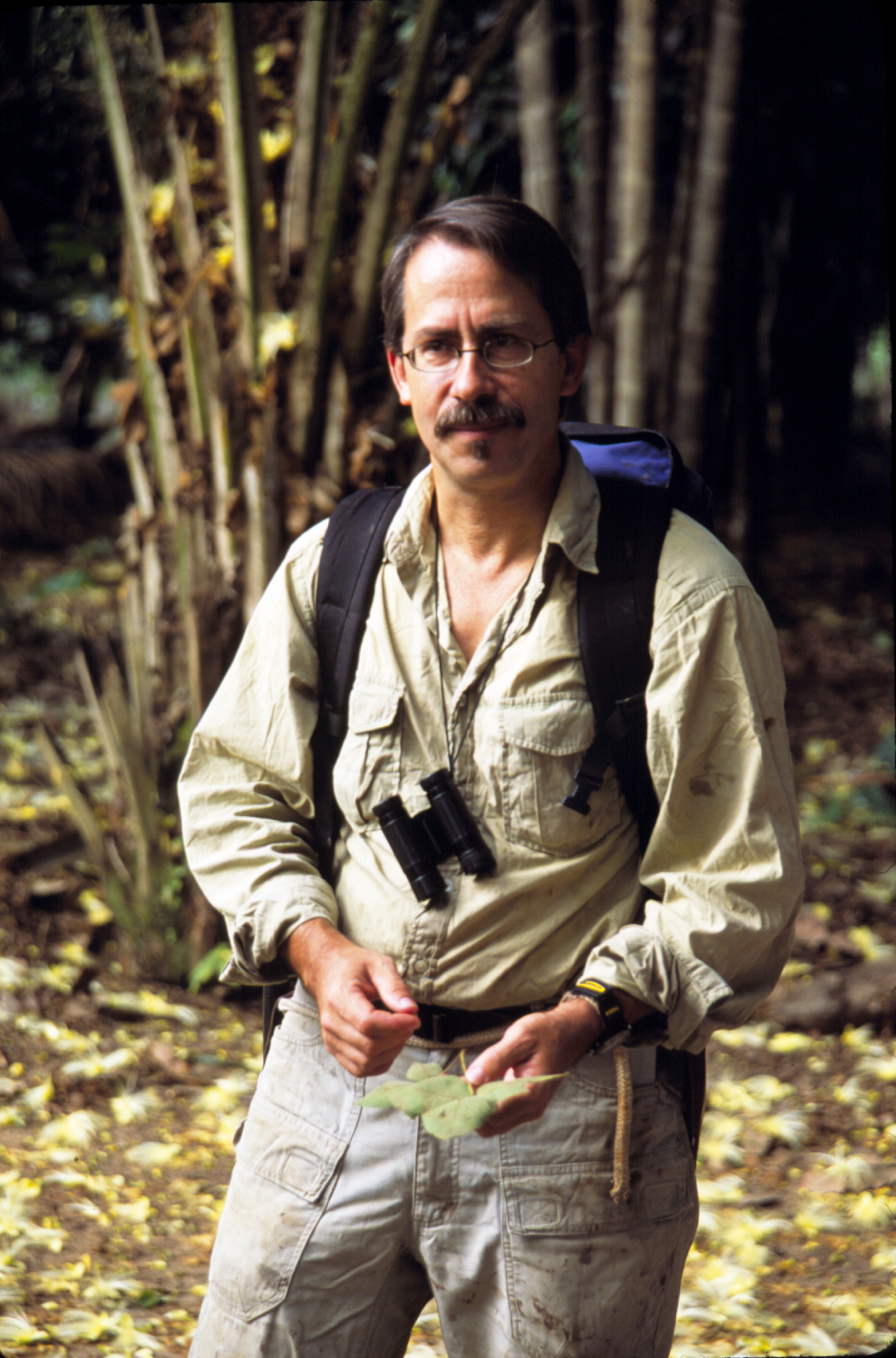 On occasional Wednesdays, we’ll introduce you to some of the Garden’s many windowsill gardeners. We hope you enjoy this look at what our window gardeners grow.
On occasional Wednesdays, we’ll introduce you to some of the Garden’s many windowsill gardeners. We hope you enjoy this look at what our window gardeners grow.
Who are you and what do you do at the Garden?
My name is Douglas Daly and I run one of the departments in the Science Division here called the Institute of Systematic Botany. I am also responsible for the aspects of our research programs that relate to the flora of the Amazon region.
What kind of plants do you have in your windowsill garden?
Any plants that are going to make it in my windows have to be tough and irrepressible, that is, they have to want to grow there, because I’m not going to pamper them. Here they get bread and water, minus the bread …
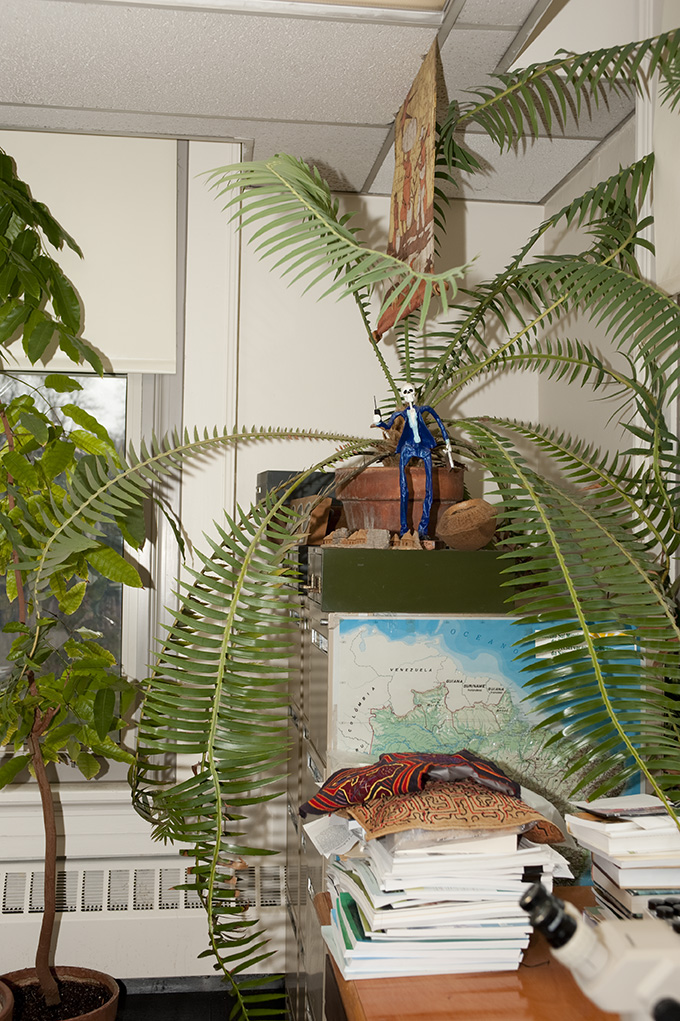
Any good stories about where the plants come from?
I have an oversize cycad native to Mexico called Dioon spinosa; somebody gave me a seed about 25 years ago and now it rules one corner of my inner office. A corner of the outer office is ruled by a Philodendron that was orphaned during the previous renovation of the Haupt Conservatory; they told me if I could find a way to lug it to my office I could have it. I have a Protium tree I grew from a seed someone brought me from Belize a long time ago; I have cut it back three times and it’s ten feet tall again. Finally, I have some really sad-looking, undersized, droopy San Pedro cactus plants I grew from seeds given to me way back by the late, great botanist Tim Plowman; I keep those for sentimental reasons.
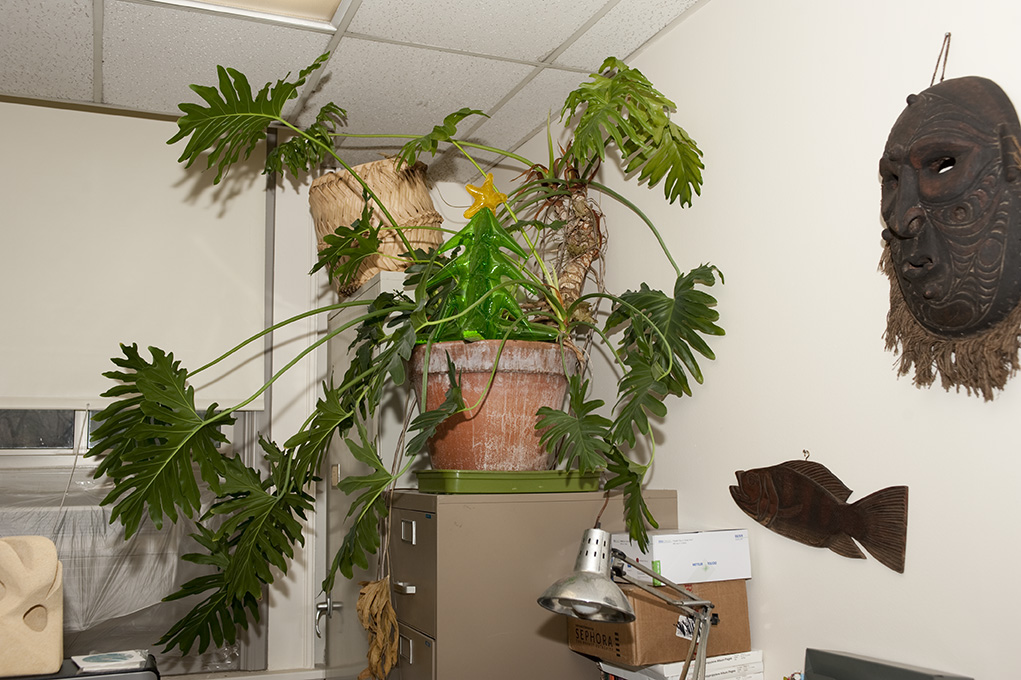
Learned any good windowsill gardening tips while working at the Garden?
Not too much crowding; give a couple of plants some elbow room to strut their stuff. And when you travel, ask Alejandra Vasco (a post-doc here) to look after your plants, because as soon as she touches mine, they all germinate and recover and grow and flower like crazy.
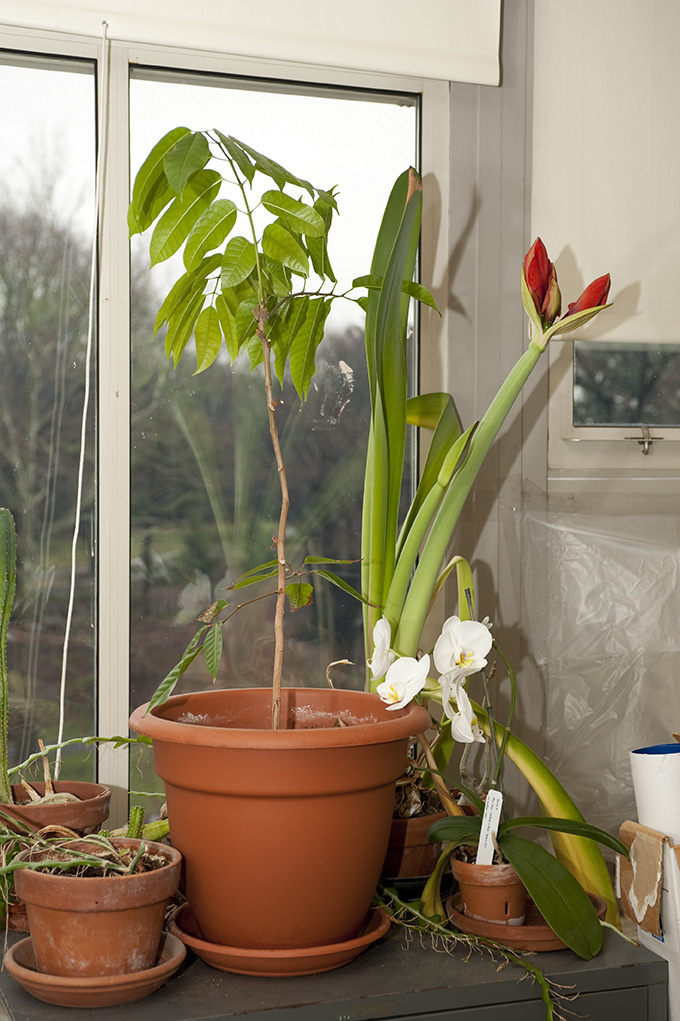
What’s your favorite thing about working at the Garden?
When you work on the identification and classification and conservation of plants, every day is a detective story, full of mysteries, puzzles, hypotheses, some dead ends, some discoveries. What is it? Why? Why does it grow there? How is it related to other species, and what characteristics distinguish them? Is it endangered? What are the most important places to do field work? How can you alert people to their importance? Botanists tend to live to a ripe old age because we can’t afford to die early; there’s too much to do!
Posted in Photography on April 6 2011, by Ann Rafalko
If Isabella Blow were an orchid.
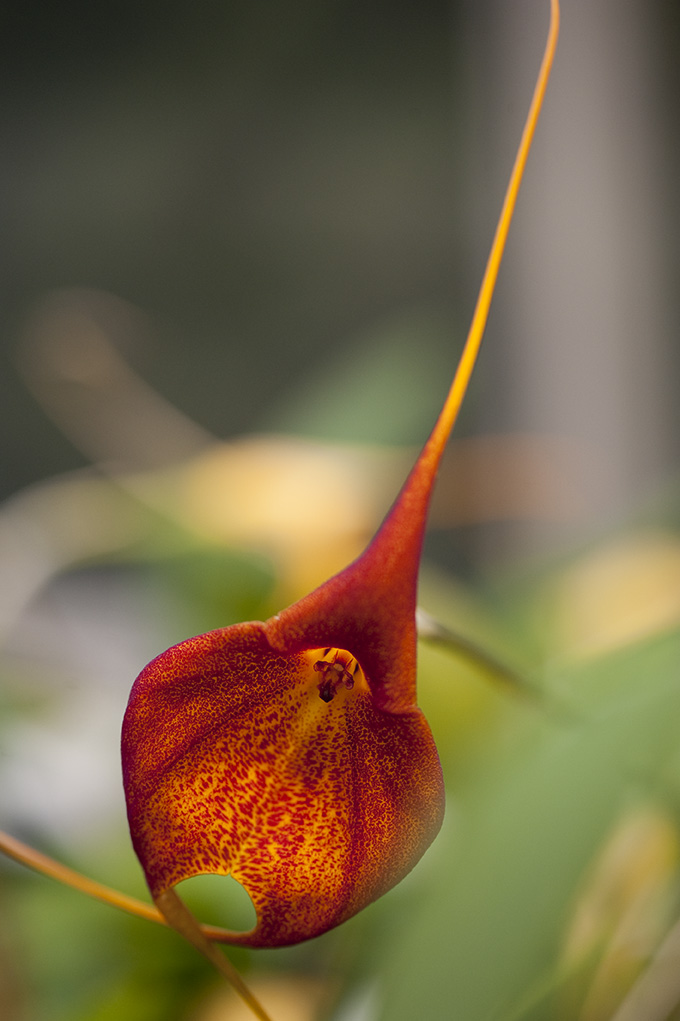
Photo by Ivo M. Vermeulen
Posted in Members, Photography, Wildlife on April 5 2011, by Patricia Gonzalez
You do not have to leave the five boroughs of New York to see wildlife. In fact, you’re only a train, subway, or bus ride away!
For the last three years that I have been a Member, I have had the pleasure of photographing different members of the animal kingdom at The New York Botanical Garden. The garden is a wildlife photographer’s dream. Within the Garden’s 250-acres you will find a forest, wetlands, streams, and two lakes–each one home to all manner of creatures–from cardinals to wild turkeys, from rabbits to red-tailed hawks, from mallards to muskrats. One can easily go through an entire camera battery (or two) trying to shoot them all (with your camera, of course).
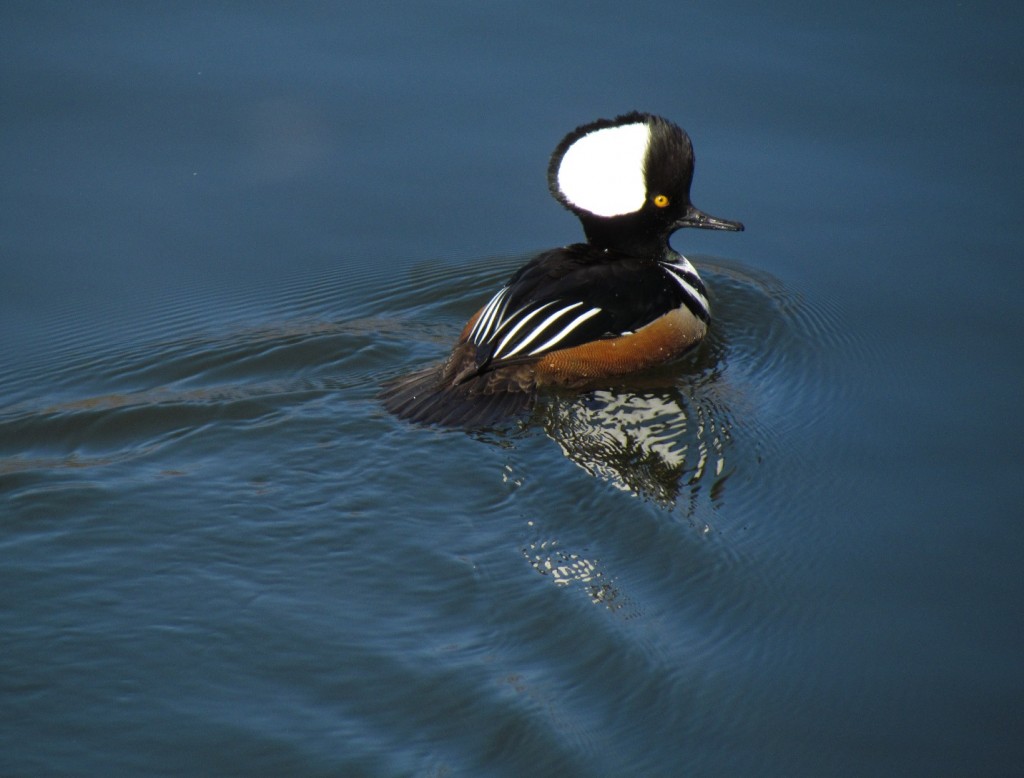
Here is an example of one of my recent mornings taking photos at the Garden:
Several weeks ago, I was walking down Azalea Way which is one of the garden’s main roads with camera in hand. To my left was the edge of the Native Forest and to my right the Azalea Garden. I was talking on my cellphone when I noticed the distinctive silhouette of a red-tail hawk on a tree to my right, just before Azalea Way meets with the Stone Mill Road.
I told the person on the other end that I’d have to call them back and switched my phone to vibrate so that if it rang, the sound wouldn’t scare the hawk away. I tip-toed ahead to a point where the sun was to my back and began shooting. The hawk stayed there for a bit and pretty soon I was right below him. I kept on shooting. After about five minutes, he crouched down and I knew he was going to take off. He then leaped right over me. For the second that it took him to do that he was only about four feet above my head. He glided on to the other side of the road, over the wooden fence with his talons extended, and landed on the forest floor with a light thud. I assumed that he had caught something, so I waited for the meal to begin. When a red tail captures prey, they will typically begin looking around, darting their head left and right. As the hawk was doing this with has his back to me, I slowly moved in closer all the while shooting between the fence posts.
Sometimes a young hawk will mistake an inanimate object for prey, which is what I think happened here. Eventually realizing that there was nothing there, he took a few steps and scrunched down as if to fly off again. Instead, he hopped on to the fence. I eased closer until I was about 15 feet away. That’s when I shot this. Ladies and gentlemen, look into the eyes of the natural world. He was even nice enough to let me shoot some video. As you can see, vehicles and distant sirens don’t seem to phase him either.
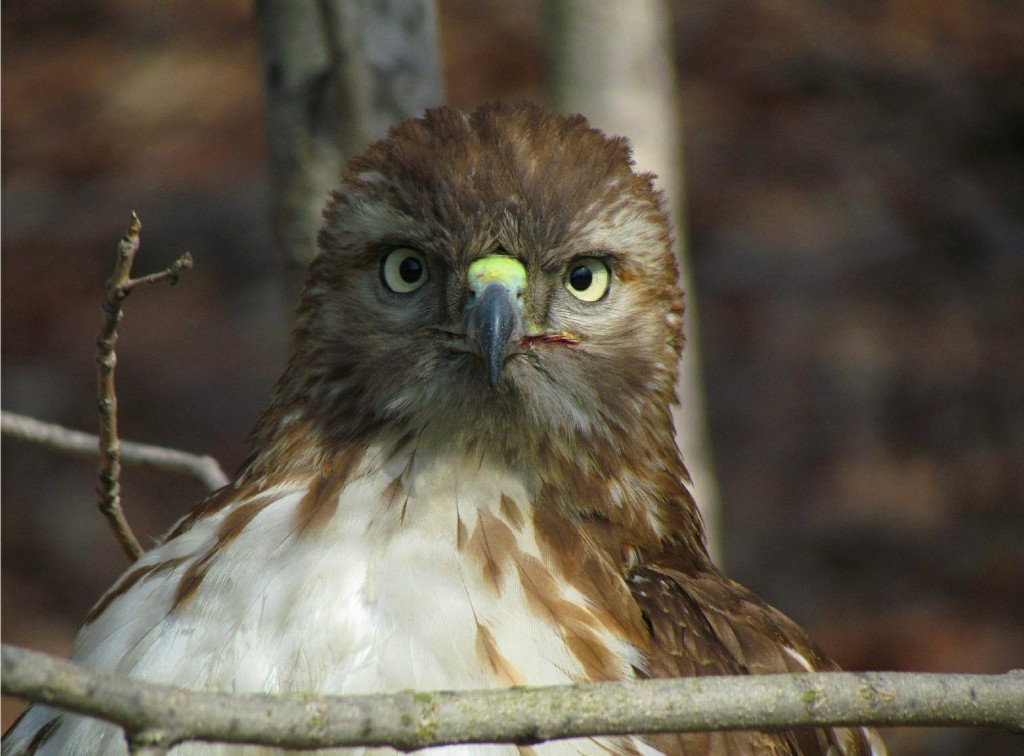
I shot about 50 photos while he was on that wooden fence. I’d never been this physically close to a red-tail before. I could see the color of his eyes, the detail in his feathers, his talons. I was truly in awe of this winged hunter. Further up Azalea Way I could see a group of four talking loudly. The hawk turned his head to look at them and I knew he was about to leave, so I just kept shooting. Seconds later he took off. I then ran home to look at the photos on my computer. It was there that I noticed the blood on his beak, most likely from a previous meal.
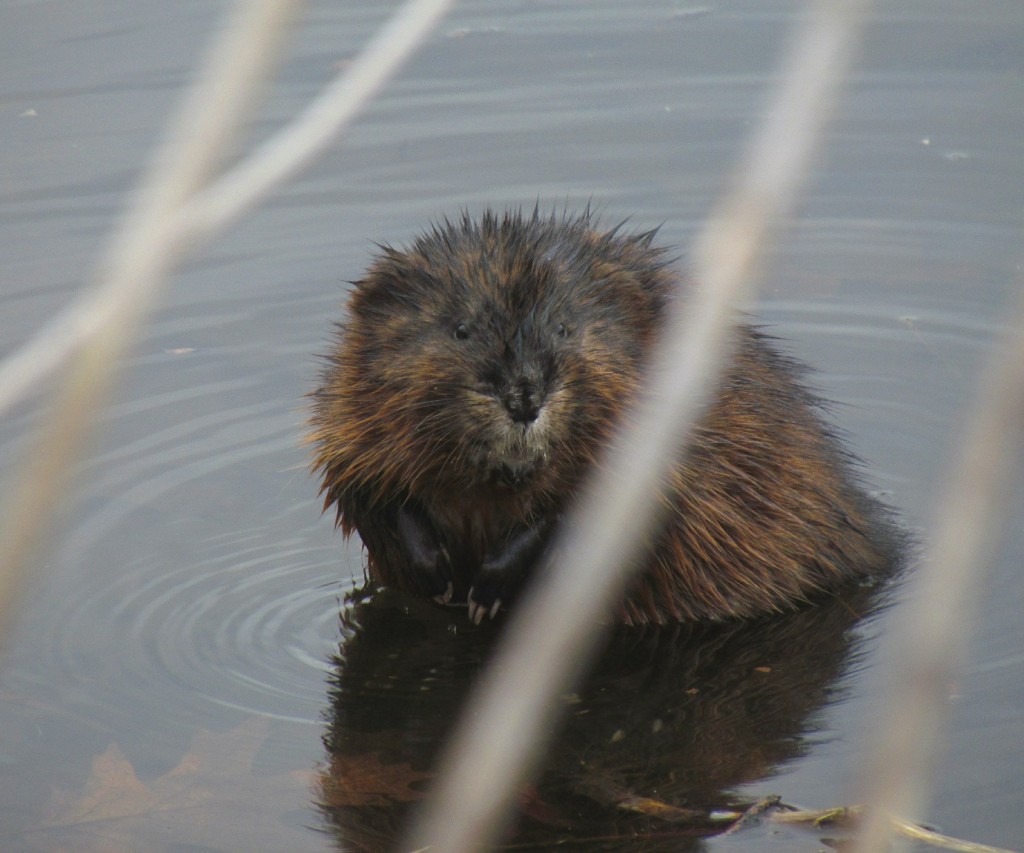
This was just one of the many events of nature that I’ve been blessed to witness during my photographic adventures at the Garden. Looking into the eyes of that magnificent raptor is something that will stay with me for the rest of my life. I encourage all photographers–amateur or pro, wildlife or scenic–not just to visit the Garden, but to become a Member. For the cost of an annual membership, you get unlimited entry to the grounds, the Conservatory, the exhibits in the Library Building, and all the other wonderful events that take place there throughout the year. Just don’t forget to bring your camera!
Next up: Pat gives us some practical tips for getting the most out of your photographic safari at the Garden. Stay tuned!
Posted in Gardening Tips on April 5 2011, by Sonia Uyterhoeven
Whether we are aware of it or not, we all eat it. It spices up our cocktail sauce, adds pizzazz to our Bloody Mary’s, seasons our roast beef, camouflages the slippery fishy taste of raw oysters and is served as an herb at the Passover Seder. For me, it is a key ingredient in my meatloaf recipe.
How many of us grow horseradish? It is one of the easiest things to grow in the garden. It will take full sun or part shade and tolerate basically any type of soil. In fact, it will be so comfortable growing in your garden it will be hard to get rid of it. Preparation will be more of a challenge. If you tear while chopping onions, open all your kitchen windows and prepare for a flood while grating the horseradish root.
60% of the world’s supply of horseradish is grown by German immigrants in Illinois on the banks of the Mississippi river. The soil in this area is ideal for horseradish – it is nice fertile soil that is high in potash. The area has long summers and cold winters. Optimal conditions mean healthier, large roots that are easy to harvest.
Horseradish roots easily break off and the pieces will grow into new plants. It is best to put it in the corner of your garden where it is out of the way and make sure you place it where you want to keep it. Horseradish or Armoracia rusticana is in the Brassicaceae family. It is related to cabbage and kale.
Its foliage looks like a hybrid between sorrel and kale and the root – the edible part of the plant – is reminiscent of parsnip. The best time to plant horseradish is in the spring. Harvesting will either happen late in the fall or sometime in the following year. Horseradish is a perennial herb and once the root is harvested – the crown of the plant and a small portion of the root can be successfully replanted.
You don’t have to pay much attention to your horseradish but it will be happier if you water it during dry spells and give it a layer of mulch to suppress weeds and retain moisture. Make sure that you do not fertilize it with a high nitrogen fertilizer that will push leaf growth at the expense of the roots.
Horseradish gets its smell and intense flavor from volatile oils that are released when it is grated. Harvest the root and chop off what you intend to use for several weeks. The rest of the root will store whole for several months in your refrigerator.
The easiest way to prepare it is pare the outer layer with a potato peeler. Chop into cubes and place in a blender. Start to blend and add some water and vinegar to the mix. The vinegar in the mix stabilizes the flavor of the horseradish. If you would like a milder preparation add the vinegar sooner than later. If you like it hot, then grind for about 3 minutes before adding. It will store in the refrigerator for a month and for much longer in the freezer.
If you are in Illinois in June then go to Collinsville on June 4-5 to experience the International Horseradish Festival. If you can’t make it there are plenty of good recipes on the web.
Posted in Photography on April 5 2011, by Plant Talk
Isn’t it lovely to see green grass again?
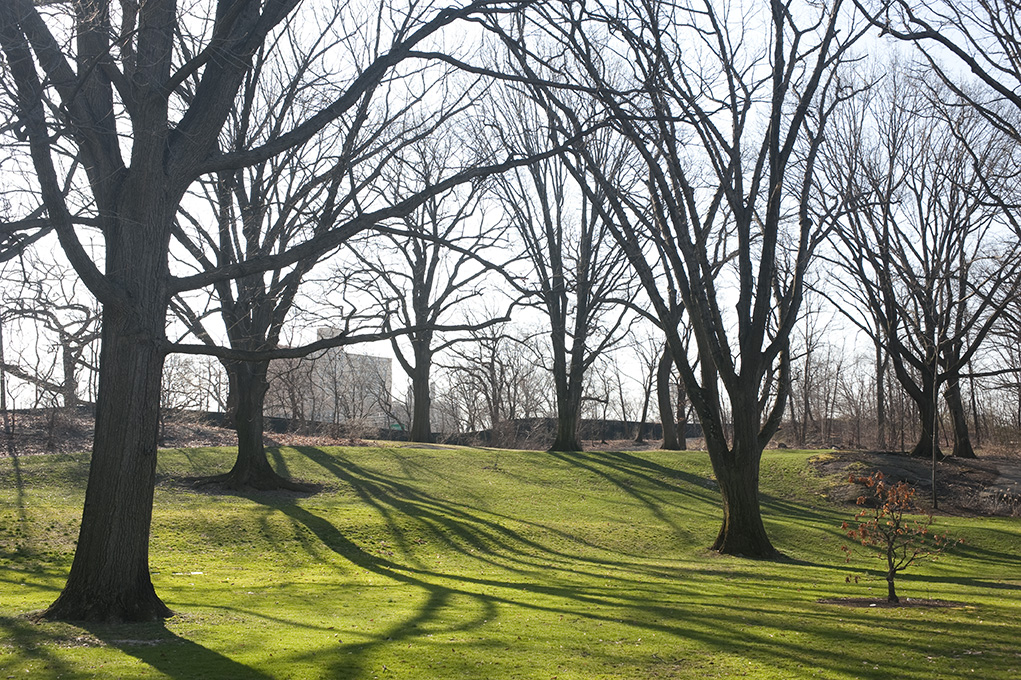
Photo by Ivo M. Vermeulen
Posted in Photography on April 4 2011, by Plant Talk
Hellebores (also known as the Christmas or Lenten rose) come in a range of colors and shapes, providing a much needed jolt of color in late winter and early spring.
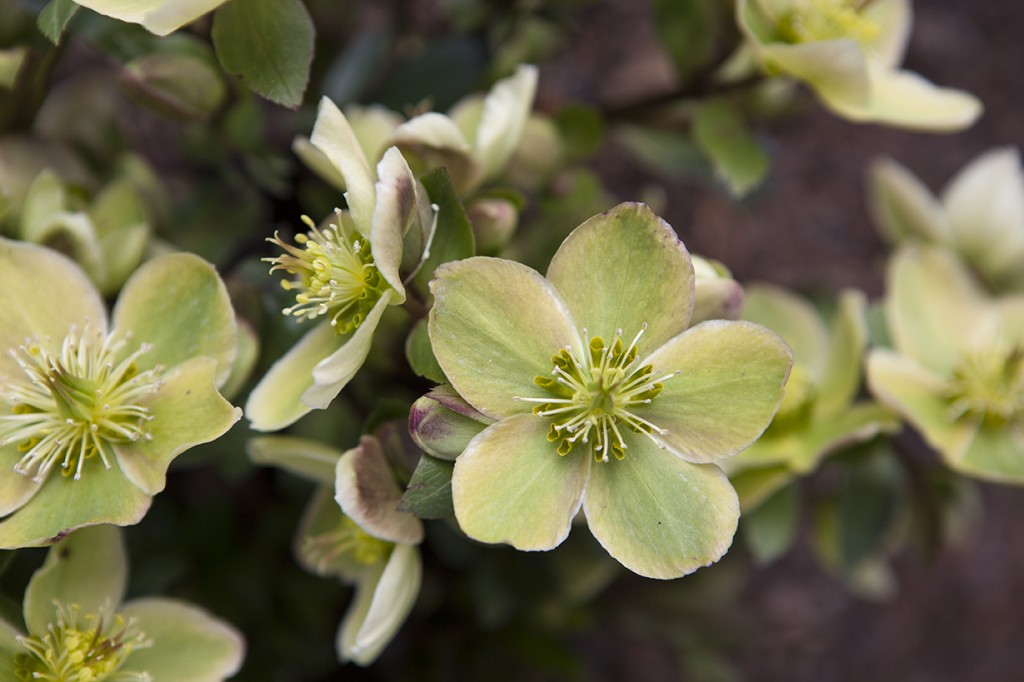
Helleborus x nigercors ‘Honeyhill Joy’ (photo by Mark Pfeffer)
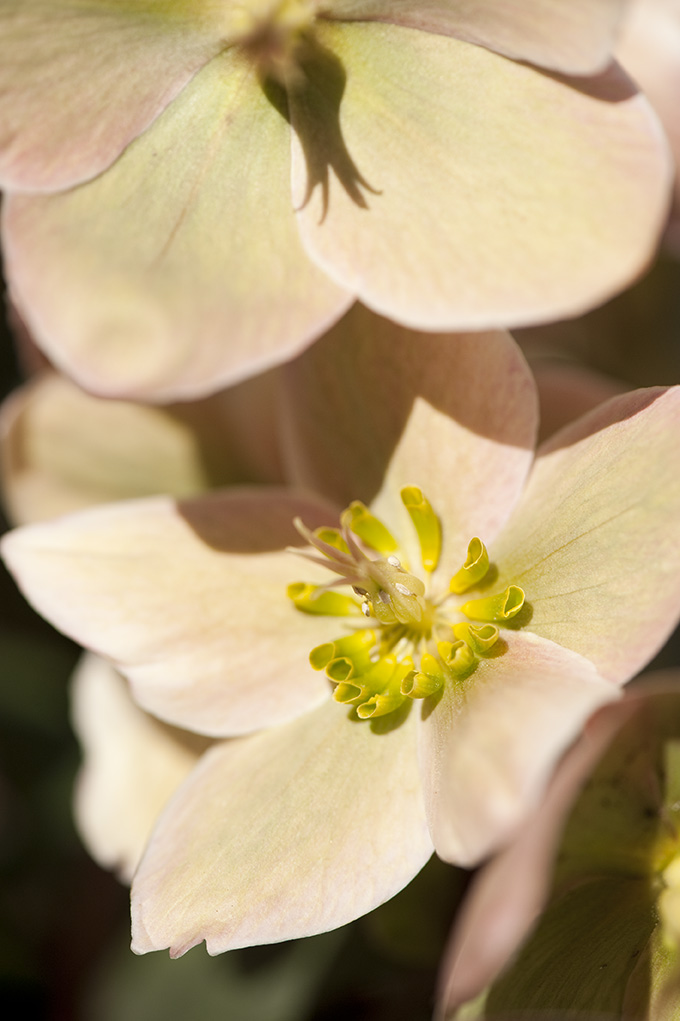
Helleborus ‘Ivory Prince’ (photo by Ivo M. Vermeulen
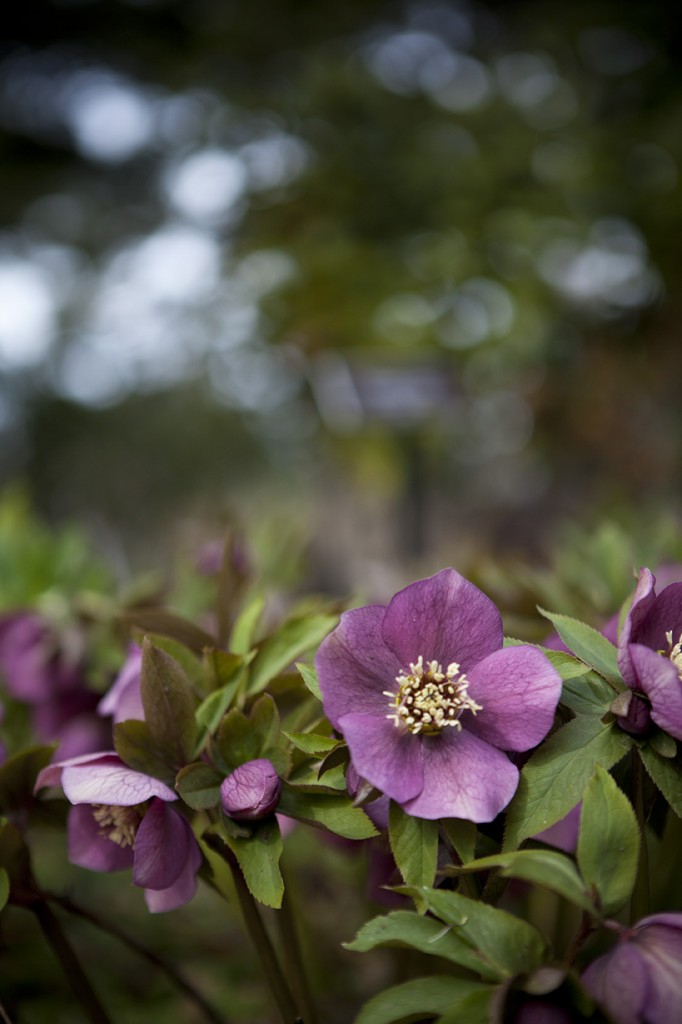
Helleborus x hybridus Royal Heritage Group (photo by Mark Pfeffer)
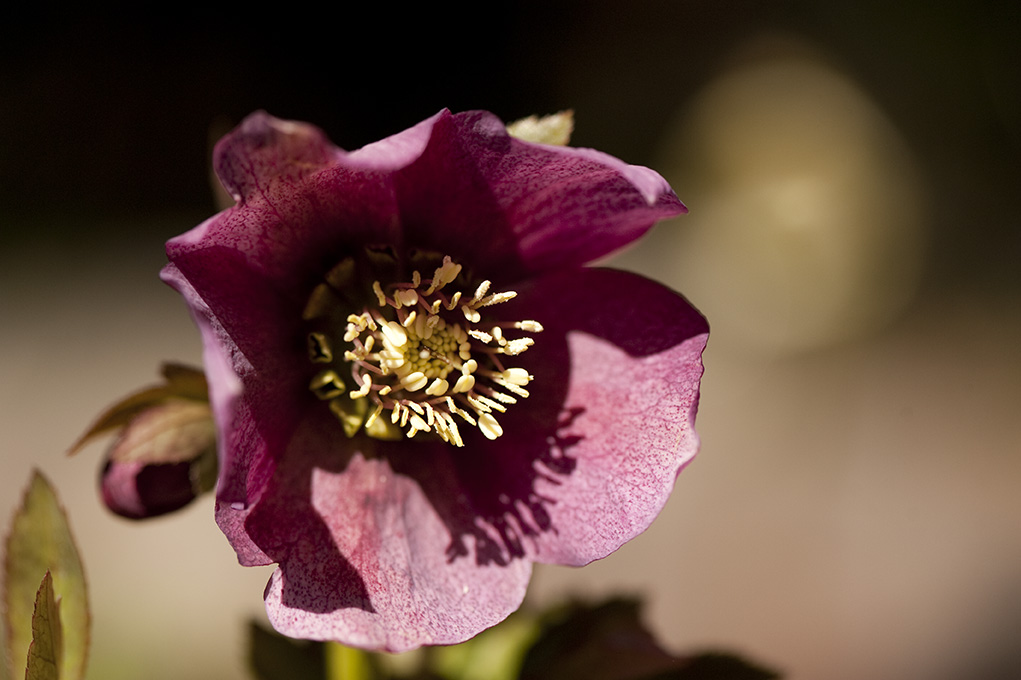
Helleborus x hybridus (photo by Ivo M. Vermeulen)
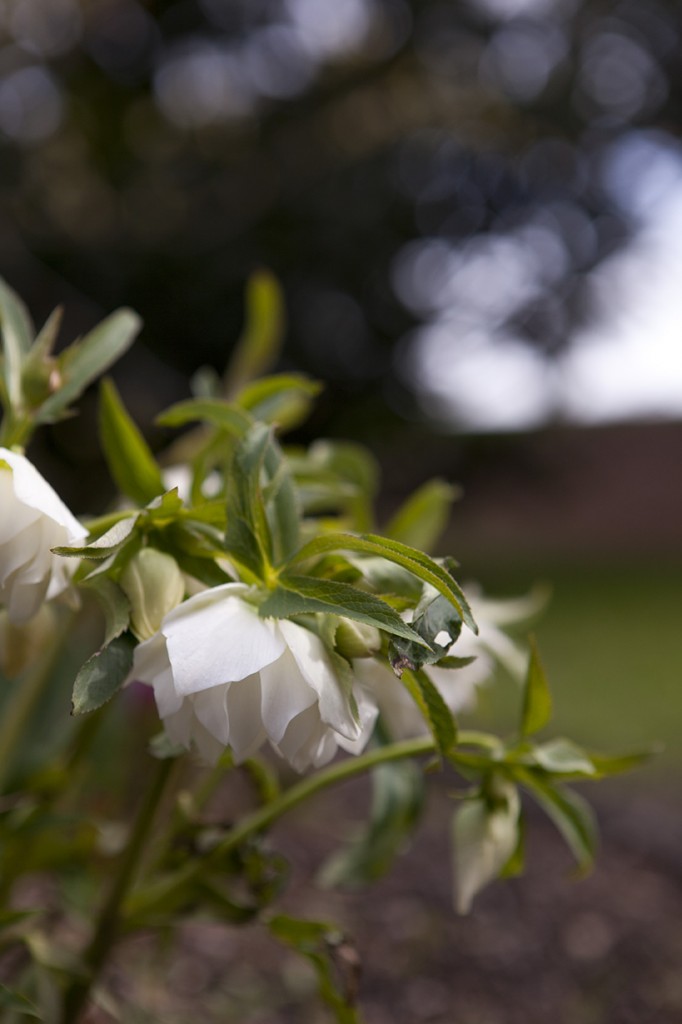
Helleborus x hybridus Regal Ruffles Group (photo by Mark Pfeffer)
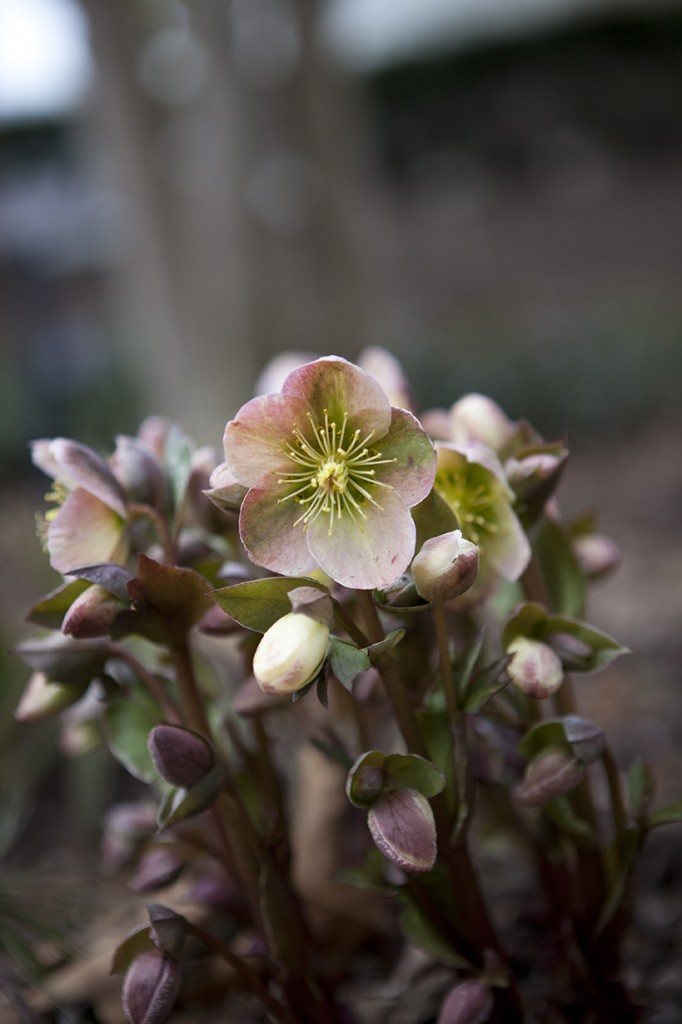
Helleborus x ericsmithii ‘HGC Silvermoon’ (photo by Mark Pfeffer)
Posted in Photography on April 3 2011, by Plant Talk
Tiny crocuses amid a frothy sea of Scilla on Wamsler Rock.
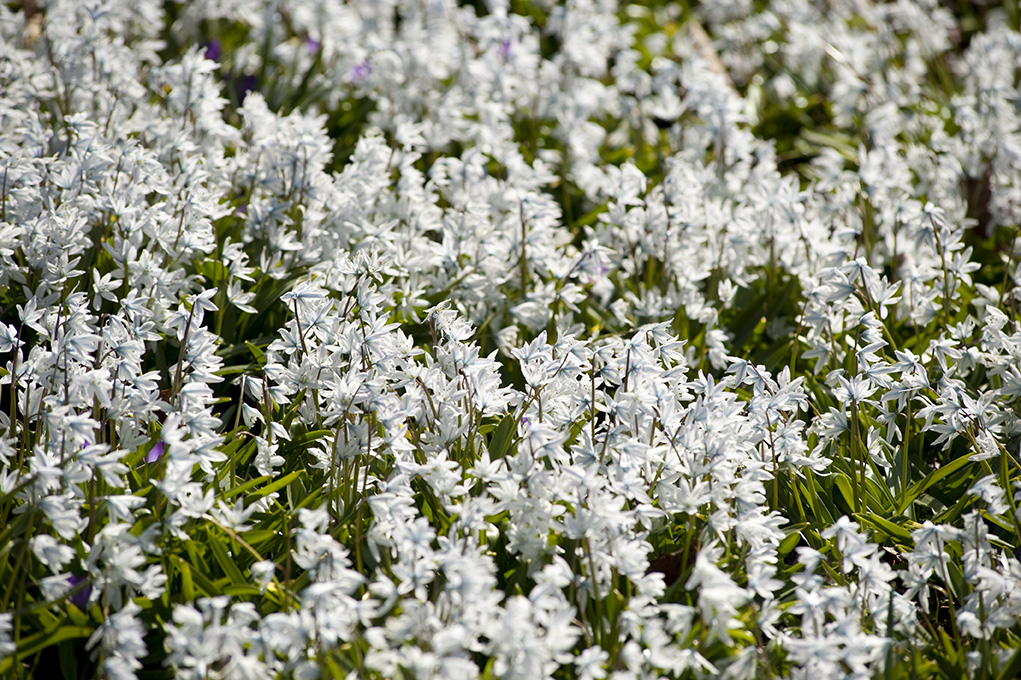
Scilla mischtschenkoana ‘Tubergeniana’
Posted in Photography on April 2 2011, by Plant Talk
A study in pastels.
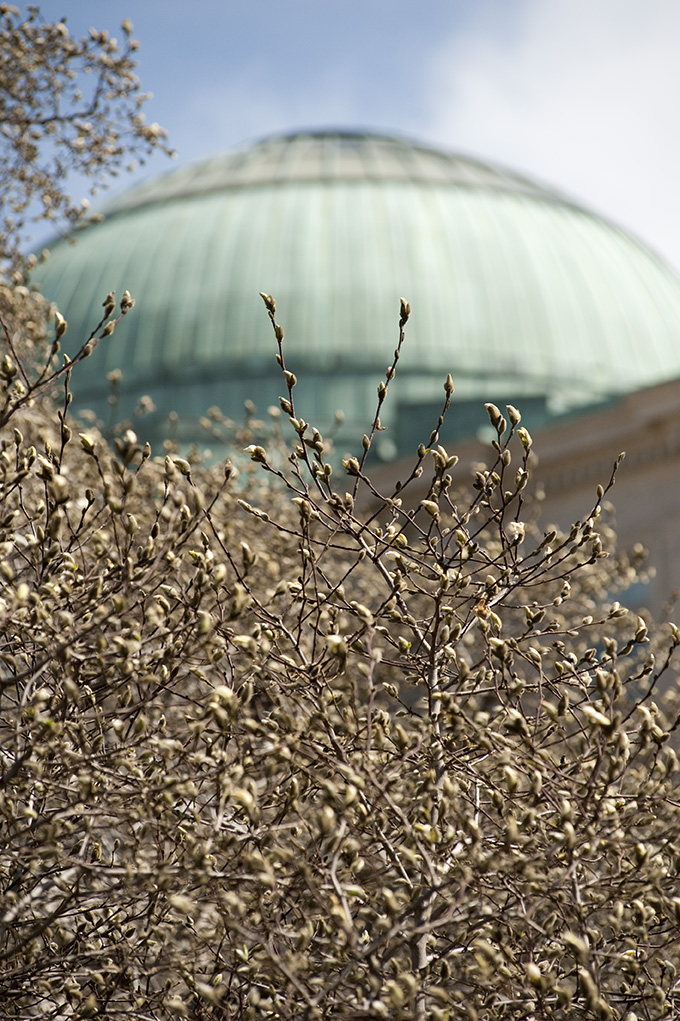
The Library Building (photo by Ivo M. Vermeulen)
Posted in Photography on April 1 2011, by Plant Talk
They said it couldn’t be done, but through the combined efforts of the Garden’s science and horticultural staffs, we here at Plant Talk are proud to announce that our colleagues have done the impossible: They have bred a true blue chrysanthemum!
Chrysanthemums have been bred for centuries into a rainbow of hues, sizes, and shapes, but not until this April 1 has the world ever seen a blue mum.
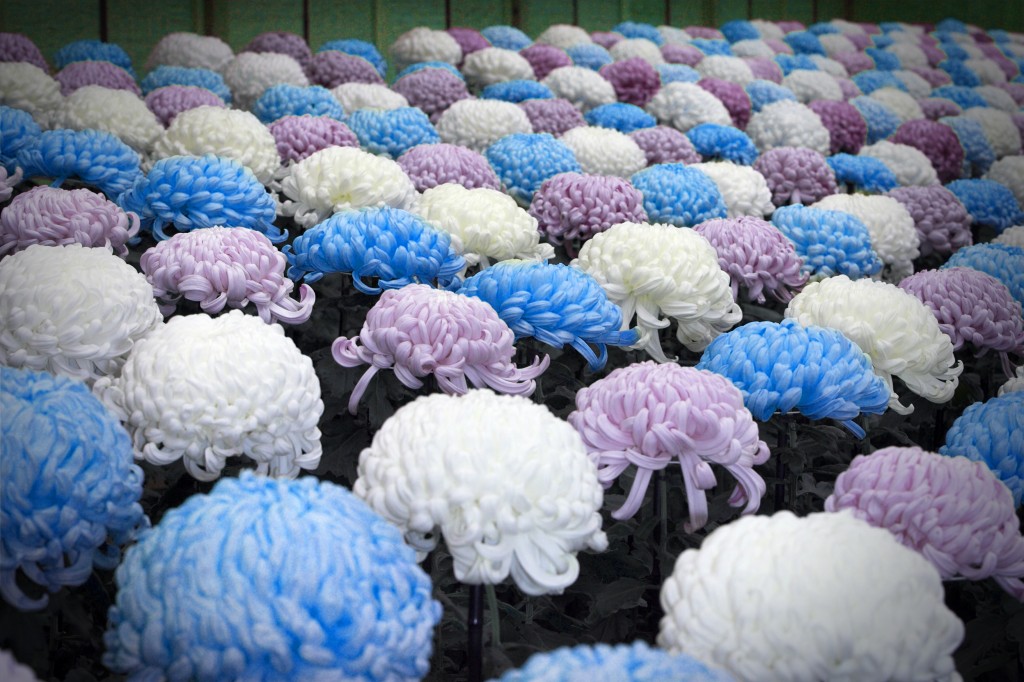
Photo by Mark Pfeffer
Head below the jump to learn more about this astounding new flower.
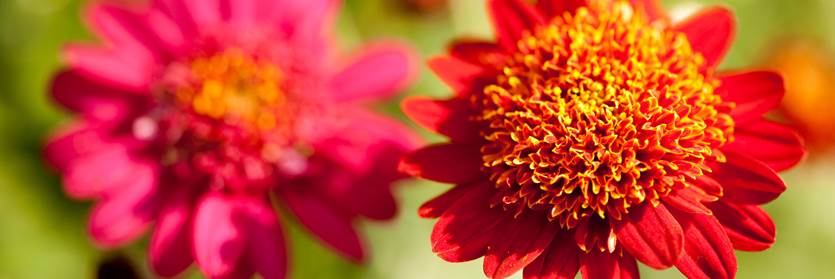


 On occasional Wednesdays, we’ll introduce you to some of the Garden’s many windowsill gardeners. We hope you enjoy this look at what our window gardeners grow.
On occasional Wednesdays, we’ll introduce you to some of the Garden’s many windowsill gardeners. We hope you enjoy this look at what our window gardeners grow.
















